Regenerative is undoubtedly the farming buzzword of the past few years. Food corporations are using it, there are TED Talks with millions of views and even whole farming conferences dedicated to it, like Groundswell, aka the ‘Glastonbury of farming‘.
There’s a palpable excitement that farming methods set around building soil health, eliminating chemicals and mixed farming, can seriously combat climate change and battle biodiversity loss.
But who owns the narrative surrounding regenerative farming? Is it the food companies trying to flog more products, or is it the growing movement of farmers who have recently ‘discovered’ these practices?
Either way, it is unlikely that the real architects of regenerative farming and those practising it in the most profound way will get the credit they’re due.
These people are indigenous communities and people of colour, according to professor of environmental studies at the University of California, Liz Carlisle, and author of new book Healing Grounds: Climate, Justice and the Deep Roots of Regenerative Farming.
They came up with it. They’ve been doing it for hundreds, if not, thousands of years. Liz Carlisle, author of new book Healing Grounds.
“They have this deep understanding and commitment to regenerative agriculture because they came up with it,” says Carlisle, speaking over Zoom from her home in Santa Barbara in California. “They’ve been doing it for hundreds, if not thousands of years.”
She explains that the practices we understand as regenerative farming, often presented as new innovations (things like cover crops, polycultures, composting, mob grazing and agroforestry) are rooted in the traditions of indigenous communities and communities of colour around the world.
What Carlisle found on her journey to uncover the potential of regenerative farming to mitigate climate change is that indigenous communities and people of colour, were quietly at the forefront.
“The people who are doing the stuff that really is a powerful climate solution, a lot are coming from indigenous communities and communities of colour,” says Carlisle, who in researching her book found that the most shining examples of regenerative farming were popping up in the margins, places few others have bothered to look.
The fact that one of those held up as a ‘pioneer’ of regenerative farming is a white male says it all.
Conscious, as a white academic, that she herself could be part of the same colonial tradition of claiming credit for the work of others, Carlisle paid all her interviewees for their time and continues to redirect speaking invitations she receives as a result of the book to the farmers and communities she spoke to.
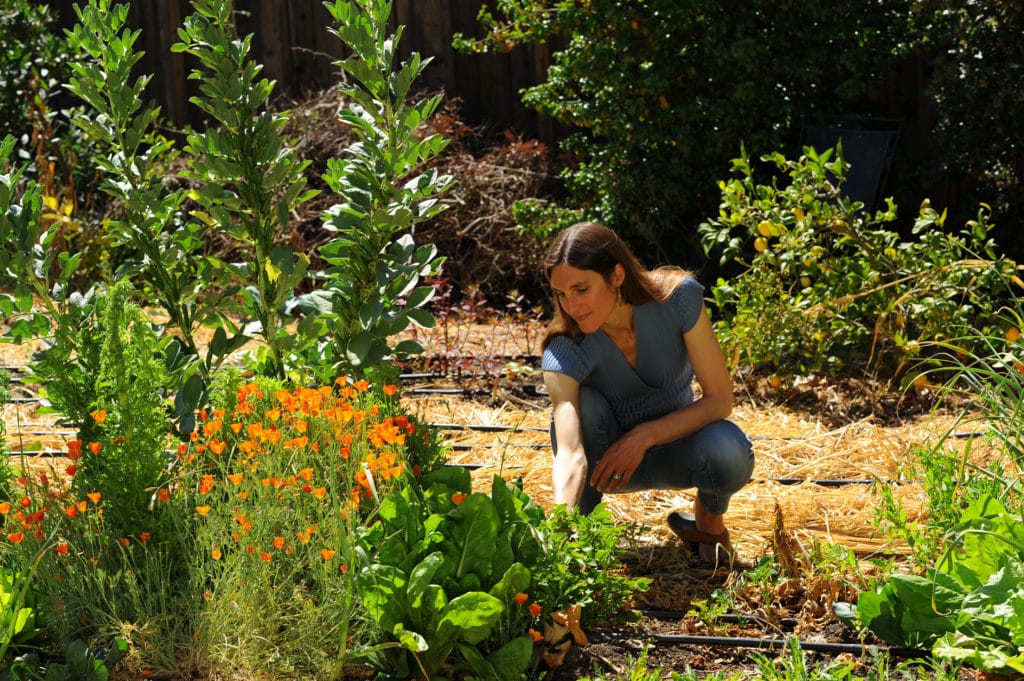
“Communities of colour and indigenous communities have been on the front lines of this problem of extractive agriculture,” explains Carlisle, who says it all began with the genocide of native Americans and their food system, then the enslavement of Africans to work in the plantations, and immigrants coming to the rich global north to work often in oppressive conditions in industrial farming.
“They know the harm and the violence associated with approaching agriculture in this way,” says Carlisle, who feels she has rights to wrong after her own family played a role in colonisation, settling in the temperate grasslands of the Montanan Prairie after coming over from Europe.
“My ancestors participated in somehow breaking open that prairie and displacing indigenous people,” says Carlisle.
On this personal mission, Carlisle spent years in these communities all over the US, documenting what is behind this deep visceral connection to land, from indigenous reserves in Montana to Latin immigrant gardens, to a black woman’s agroforest.
Alongside a deep connection to land and environmental care, Carlisle also found that communities had been using these regenerative farming techniques as a means of survival and resistance.
“It’s not this static ancient tradition; it’s been very relevant as a means of fighting back against colonialism and ensuring that their communities survive,” she says. “There is a really deep tradition of agroforestry in Africa and the African diaspora and something they took with them even throughout slavery.
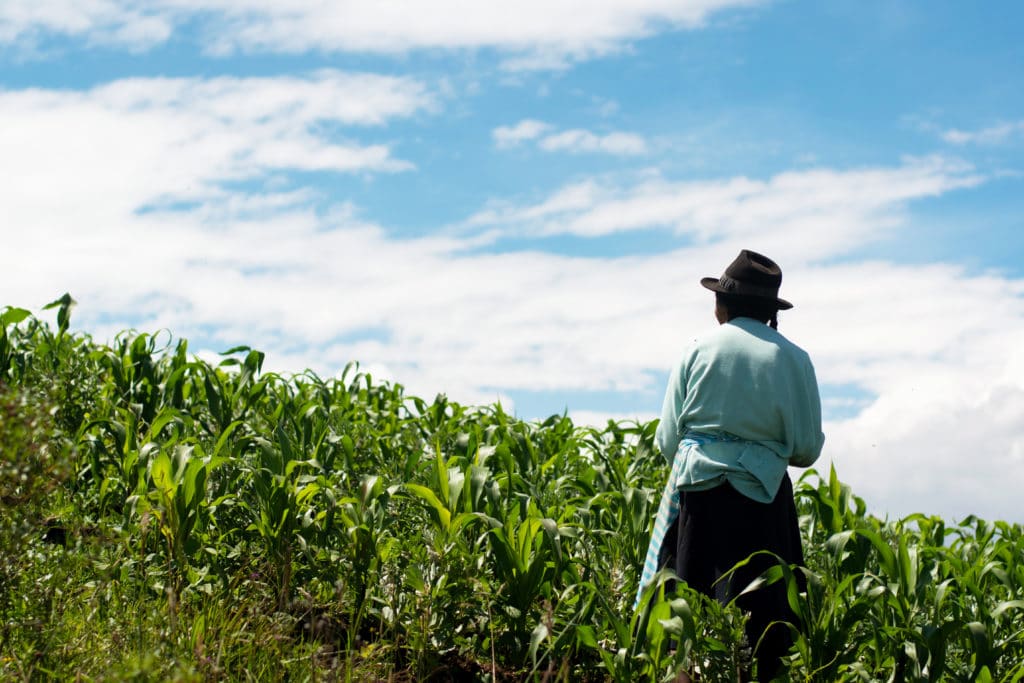
“Enslaved people planted small-scale agroforests where they provided subsistence and were a means of ensuring that cultural foods travelled with them to other continents,” she says, explaining how they brought seeds and knowledge with them to America. It was not only a practice of bodily survival but cultural survival.”
We can’t have one to two per cent of the population responsible for the whole food system. That’s crazy. Liz Carlisle
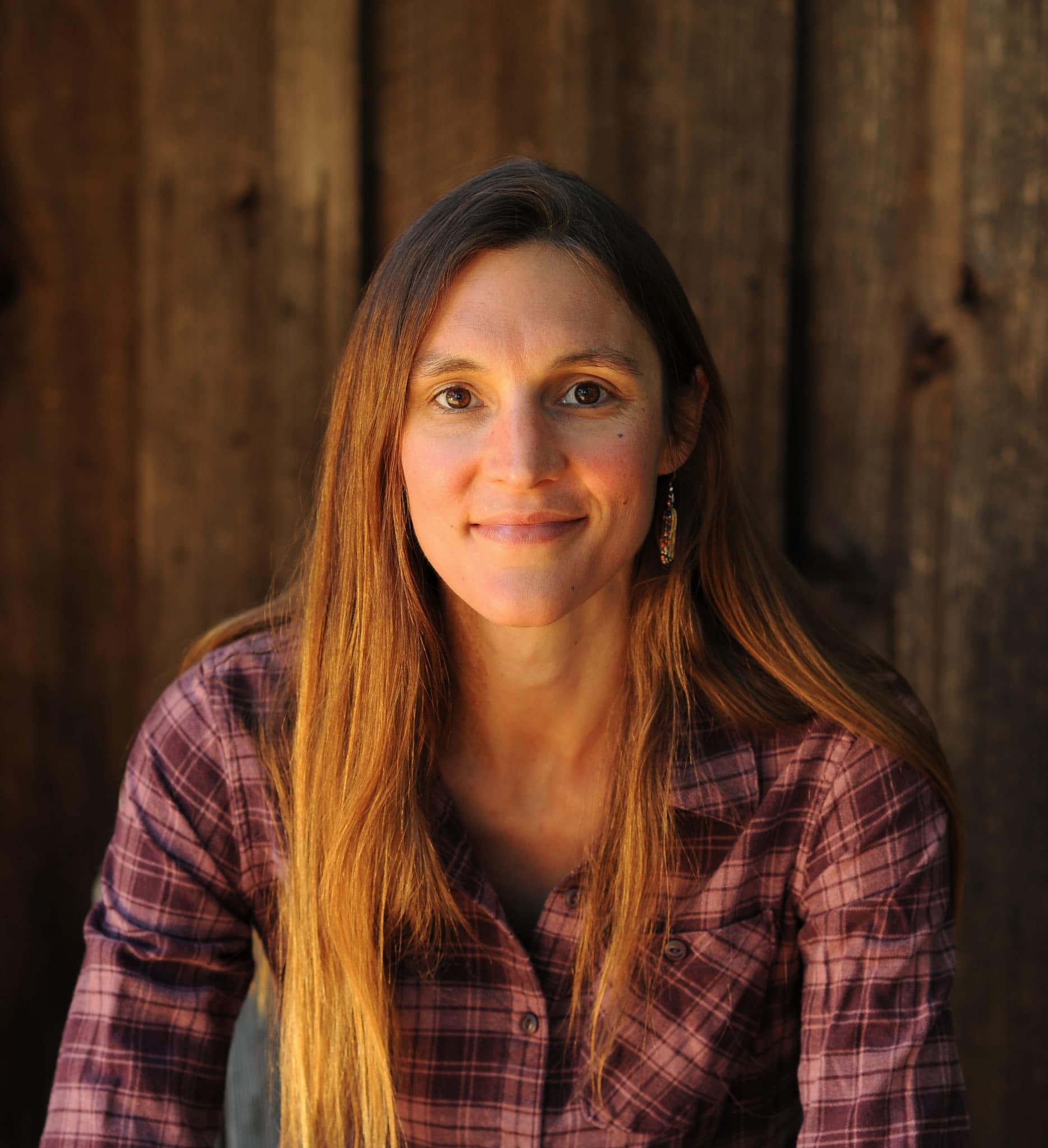
For Carlisle, if we really want to heal and regenerate the land, it’s going to take more than just tinkering on the edges with cover crops and reducing how much we plough.
Fundamentally, she realised we need a different relationship to land; one that is grounded in reciprocity, not extraction. Put simply this is a ‘take less, give more’ approach, and it diverges hugely from the dominant economic and farming models.
But how do we get there?
“We need to look to the leaders of these indigenous communities and communities of colour because their theory of change is rooted in this understanding that it’s about changing this logic of extraction, not just some practices around the margins,” she says.
It’s an important step for existing farmers to make a foray into regenerative practices and learn from these communities, says Carlisle, but it won’t be enough.
“We can’t have one to two per cent of the population responsible for the whole food system,” says Carlisle, noting the eerie parallels to land ownership in England, where less than one per cent of the population own 50 per cent of land.
“That’s crazy, they can’t take care of all that land themselves,” she says. “We need to have a much more decentralised and democratic food system.”
So while the story of regenerative farming continues to focus on soil, carbon and farmers adopting exciting new practices, it’s important to centralise the role of land stewards and people of colour who developed these concepts long before they became popular.
But it’s about more than just recognising them. Carlisle says that we need to give back land to these communities and allow them to continue what they’ve being doing for millennia; managing land in harmony with nature.
Perhaps, as she has concluded, only in doing so can help heal our societal and environmental wounds.
Healing Grounds: Climate, Justice and the Deep Roots of Regenerative Farming, by Liz Carlisle is out now (Island Press, £23).

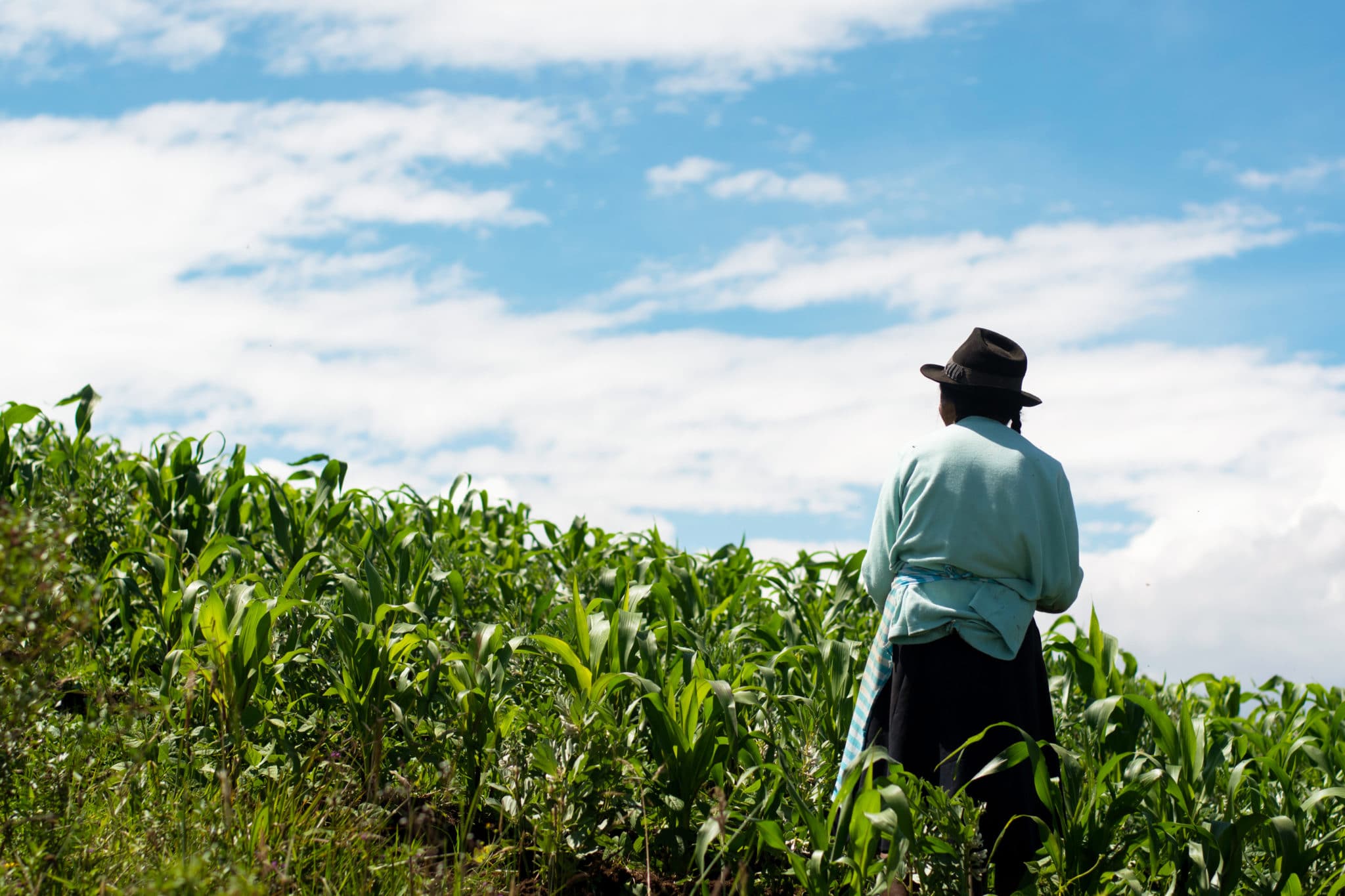
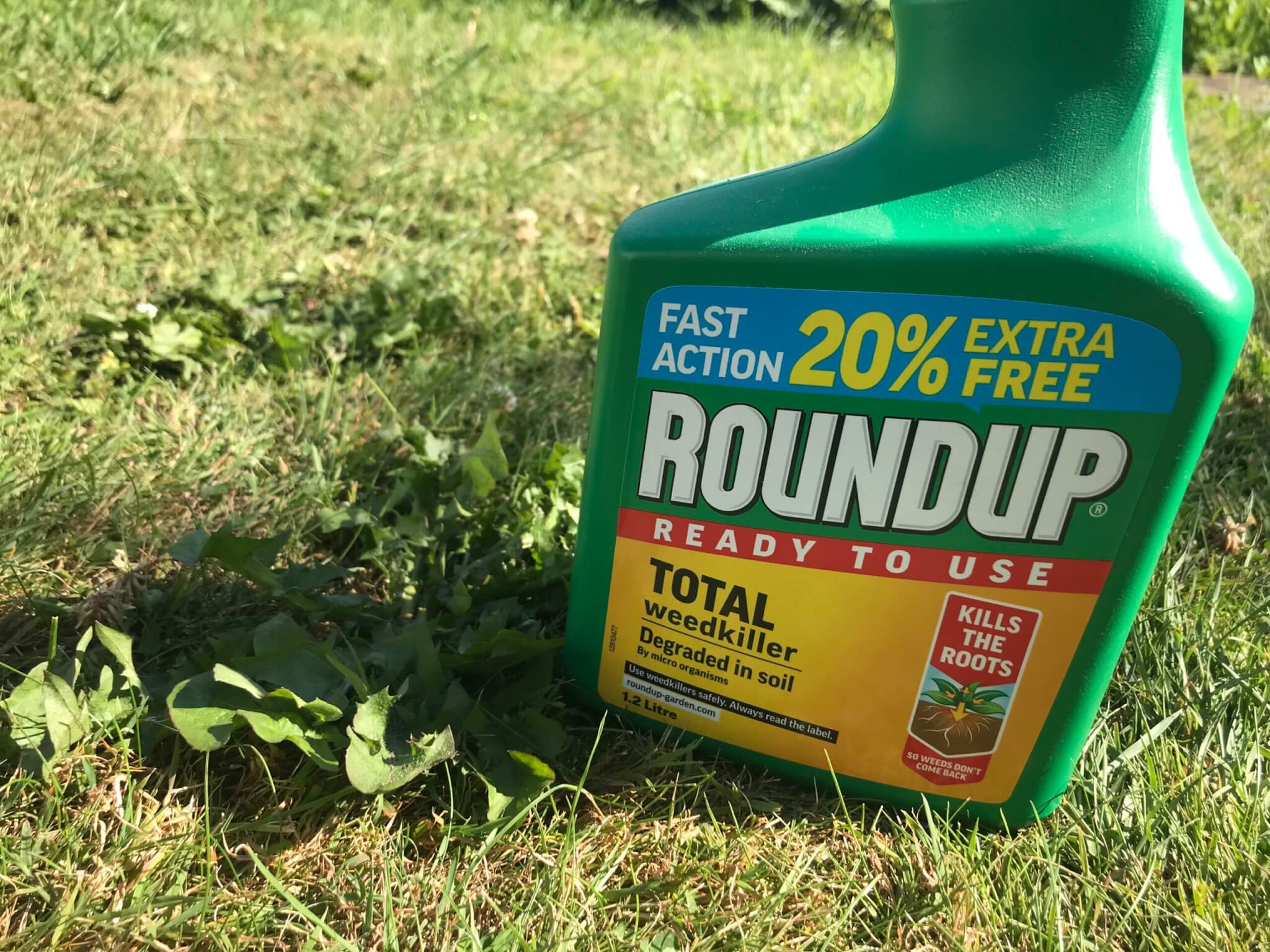






0 Comments